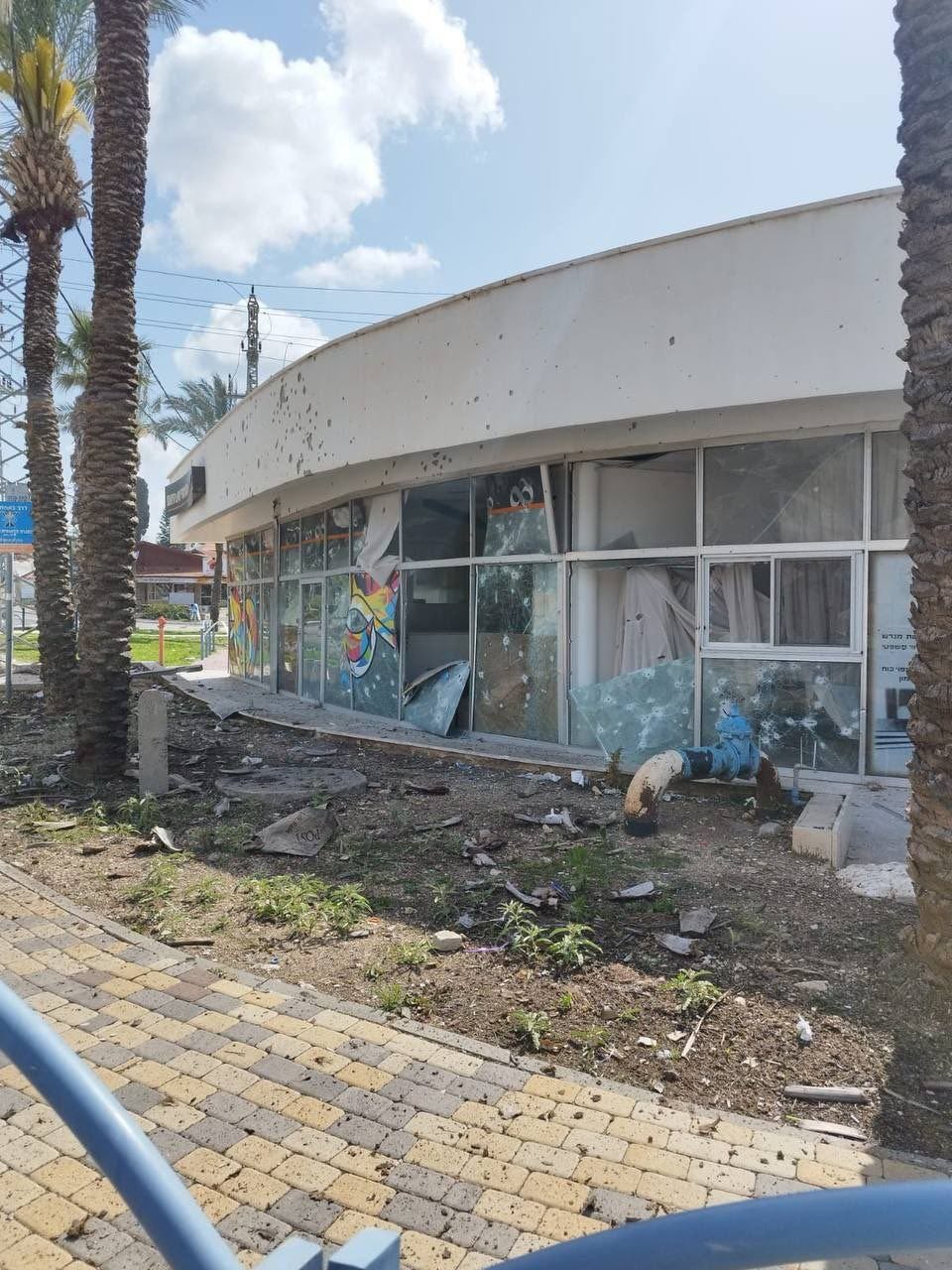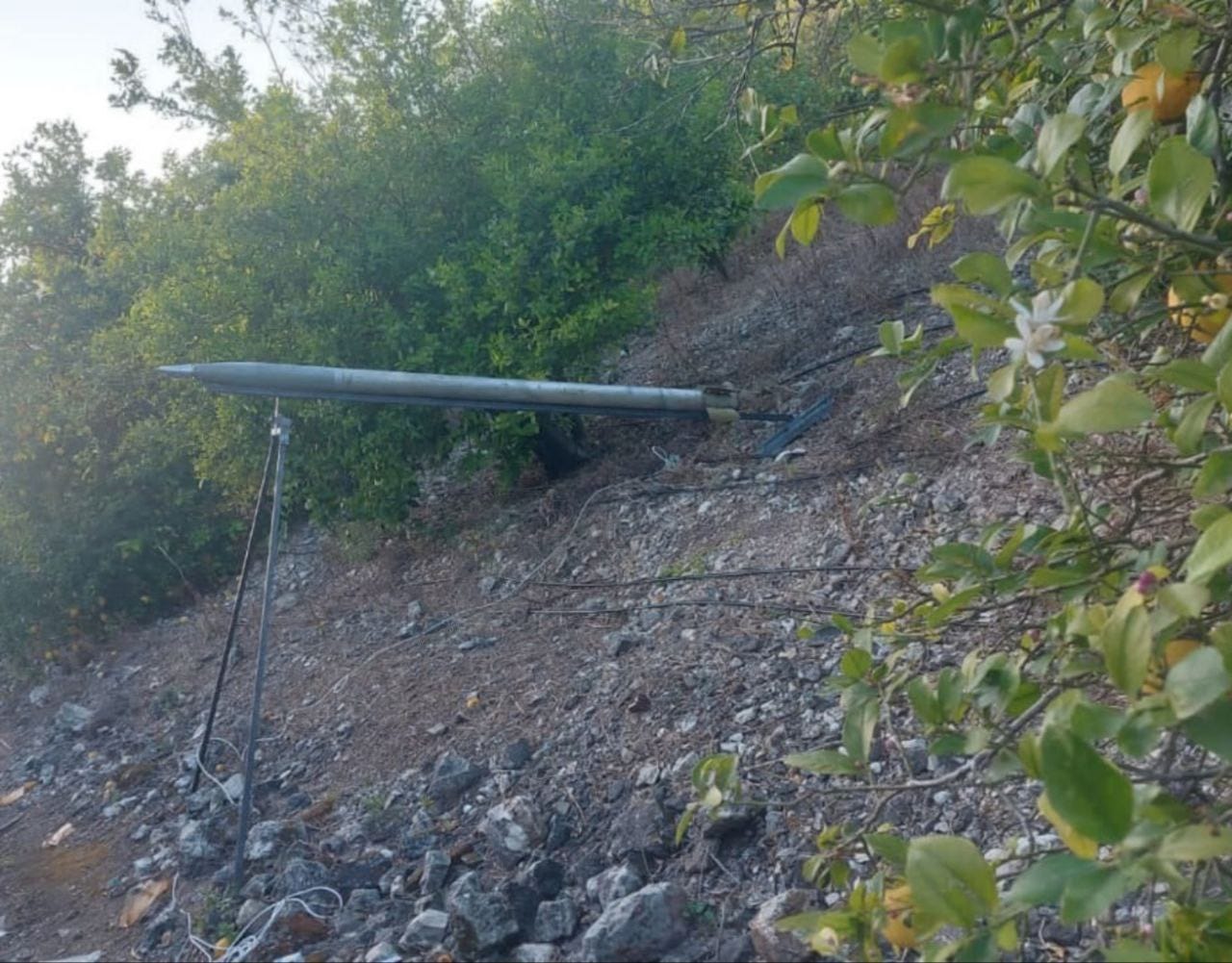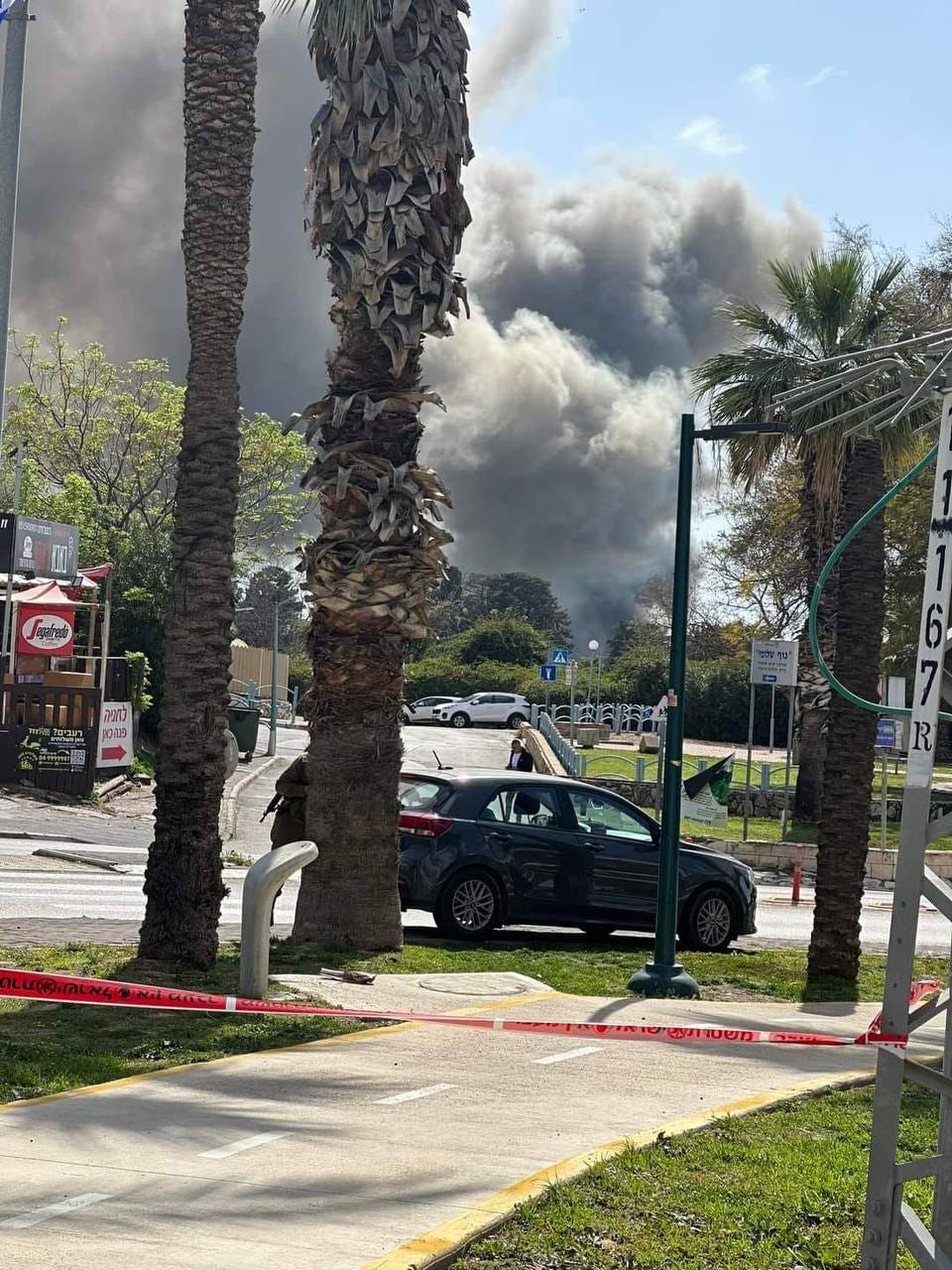After the Israeli Forces stormed the Al-Aqsa Mosque on April 5, tensions in the region reached an extremely high level. The following day, 34 rockets were launched from South Lebanon towards Israel, causing serious property damage, especially in Shlomi.
So far there is no clear information about the actors that carried out the attack, but various sources claim that HAMAS and/or Islamic Jihad were responsible. Others allege that Hezbollah carried out the attack.
The rockets and launchers used are very similar to those used by Hezbollah and various groups affiliated with Hezbollah and Iran in different locations in the Middle East, especially in Iraq. In this respect, they are different from the rockets typically produced and used by Palestinian groups.
However, rockets similar to those fired in Lebanon on April 6 are used by several Palestinian groups from time to time, as in the recent attacks by Lions' Den. And the diversity of arsenals in Lebanon and possible support from Iran may have provided Palestinian groups with ease of access to systems and rockets other than those used in Gaza. Although, even given the fact that these systems are very similar to those used by Hezbollah and its allies in MENA, a definitive judgment cannot be made.
Looking at the debris seen in the photos taken at Shlomi, it is seen that 122 mm 9M22U pattern artillery rockets were used.
Alongside the 9M22U in the region, 122mm rockets such as the Iranian-made Arash-1 (Standard) and Arash-4 (Long Range) are also used very often—especially by groups supported and affiliated by Hezbollah and Iran.
A few hours after the attack, the Lebanese Army found launch rails and failed 122mm rockets.
It was reported that these rockets were found in the towns of Zibqin and Qalila, which are close to the border in South Lebanon.
While one of these rockets is very similar to the 9M22U in general, it is very likely that two of them are Iranian-made Arash-1 or Arash-4.
While the range of Arash-1 is approximately 22 km, the range of Arash-4 is 40 km. The flight distance from Zibqin and Qalila towns to Shlomi is less than 20 km.
On April 8, the Lebanese Armed Forces released another photo of a pair of discovered rockets.
In the statement, it was stated that the rockets were ready to be launched, but it was not disclosed exactly where these rockets were discovered.
Both rockets here look like Soviet-made 122mm 9M22U.
Considering the rockets discovered on April 6, although it is not possible to say anything definitively, it can be argued that there are three 9M22U rockets and two possible Arash-1 (Standard) and/or Arash-4 (Long Range) rockets were discovered.
On April 7, another craft-produced 12-tube multiple launch rocket system (MLRS) was found by the Lebanese Army at Marjayoun.
It is also seen that there are six rockets in the MLRS. These rockets appear to be the 107mm Iranian-made Fadjr-1 or the Chinese-made Type 63-2.
Since the rockets have a shorter range than the 122mm rockets, it cannot be claimed that 107mm rockets were used in the attack on Shlomi.











